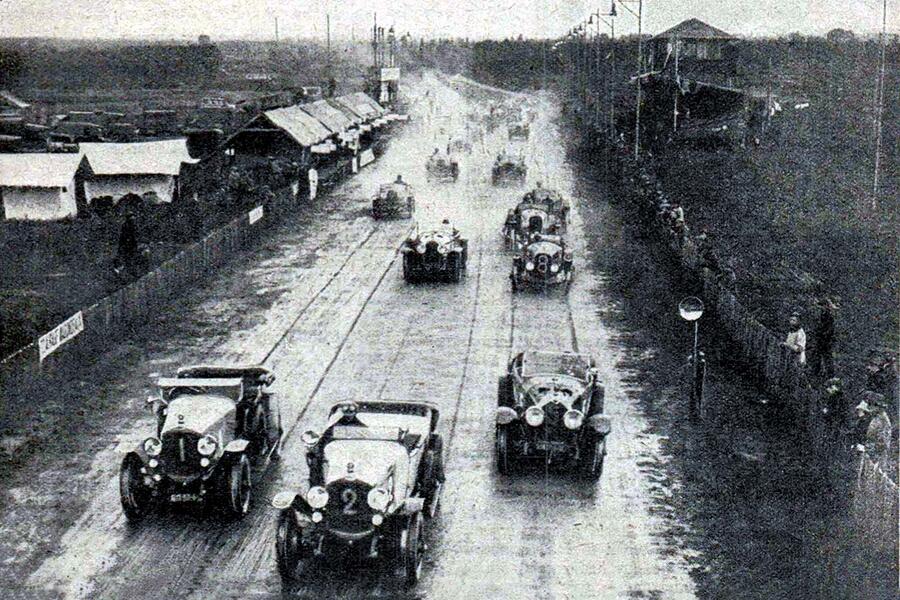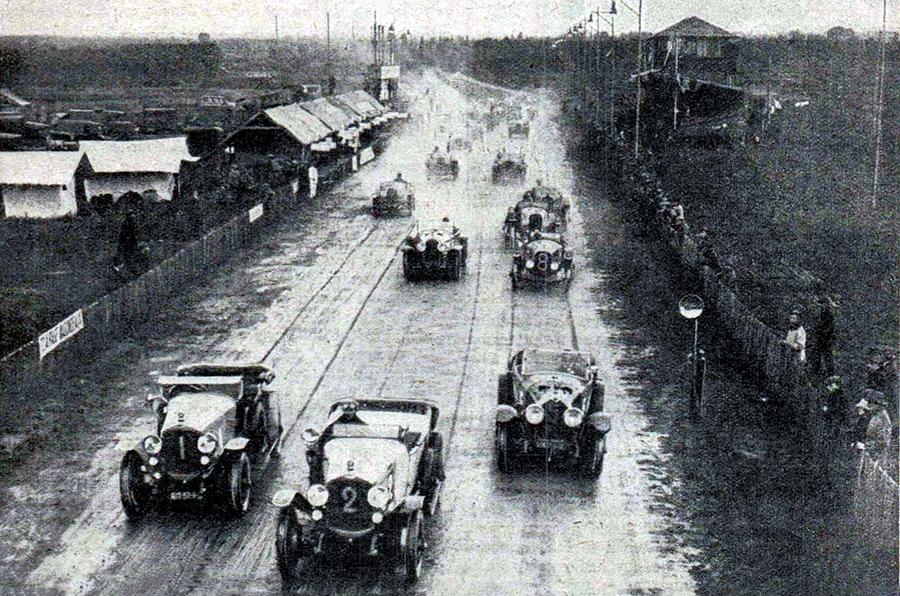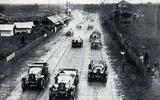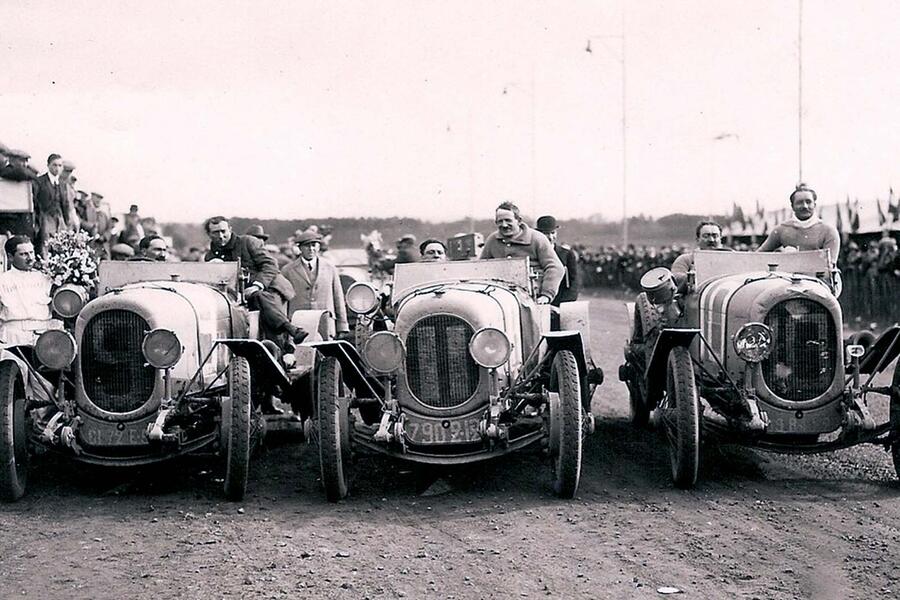This weekend, the Automobile Club de l’Ouest plans to celebrate the centenary of the Le Mans 24 Hours in fine style, not just with the most exciting grid in years but also a fireworks and drones show, pop concerts and an aerobatic display from the ‘Blue Arrows’.
This is one of the world’s most famous races, reflected by the fact that the competing prototypes, sports cars and GTs are commonly referred to as Le Mans cars. How did it come to be, though? The 1923 event is, of course, now out of living memory, so let’s retell the story.
France was the leading light in cars’ early years, and the ACO played a part in organising what is considered the first-ever grand prix in 1906. GP racing quickly became established as a popular spectator sport and re-emerged as such after the Great War, when the ACO came up with another great idea: a race of endurance – lasting a full day – between cars like those people might buy for the road.
The old GP circuit, running over 10.7 miles and seven corners between the city of Le Mans and the villages of Arnage and Mulsanne, was recycled for the event. The narrow rural roads were left unmetalled, while wooden grandstands and pit buildings were erected and generators brought in to power lighting (including over a huge, hand-updated scoreboard, and helped by army trucks holding floodlights at some corners) and the PA system.

Seventeen makers entered, all French except for Britain’s Bentley and Belgium’s Excelsior: the big names were Brasier, Delage, Chenard-Walcker and Lorraine-Dietrich, and the various minnows ranged from bicycle makers to a modifier of Ford Model Ts and an upstart Bugatti.
The 33 cars varied greatly in size and from 1.1 to 5.8 litres, necessitating six classes. The grid being determined by the order of entry led to a thrilling massed standing start at 4pm, the jockeying for positions between mismatched cars made yet more precarious by hail then heavy rain.












Add your comment